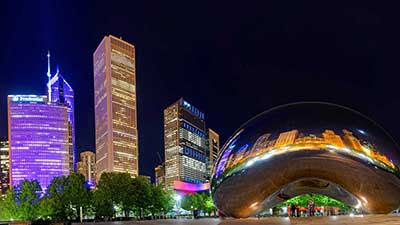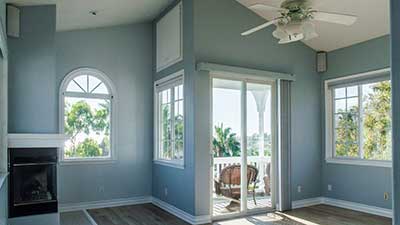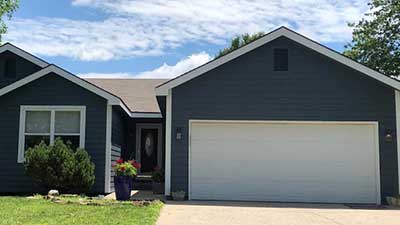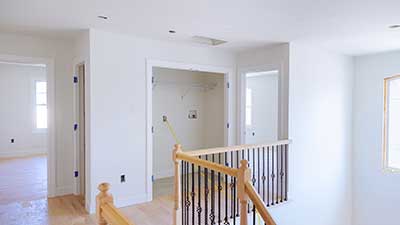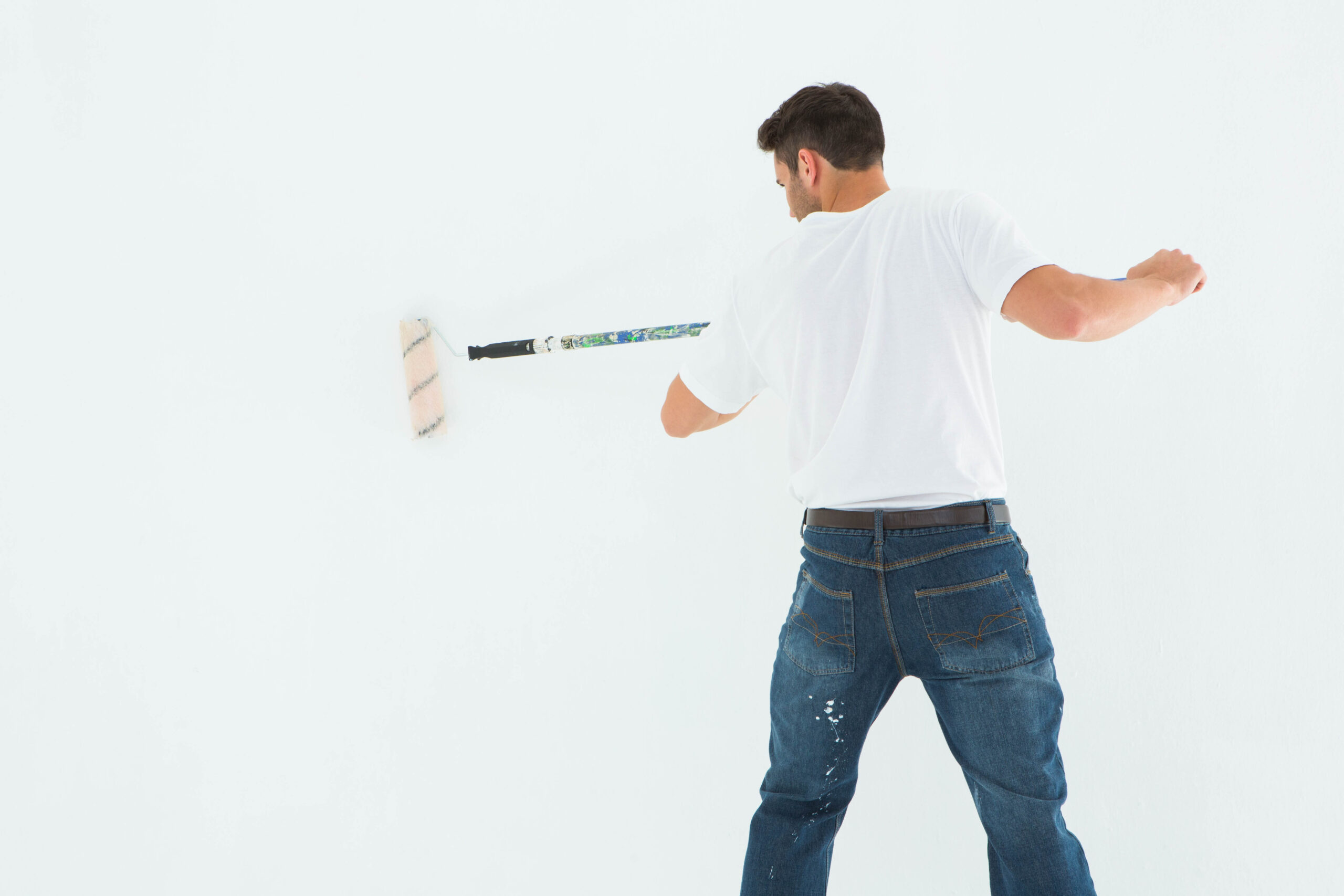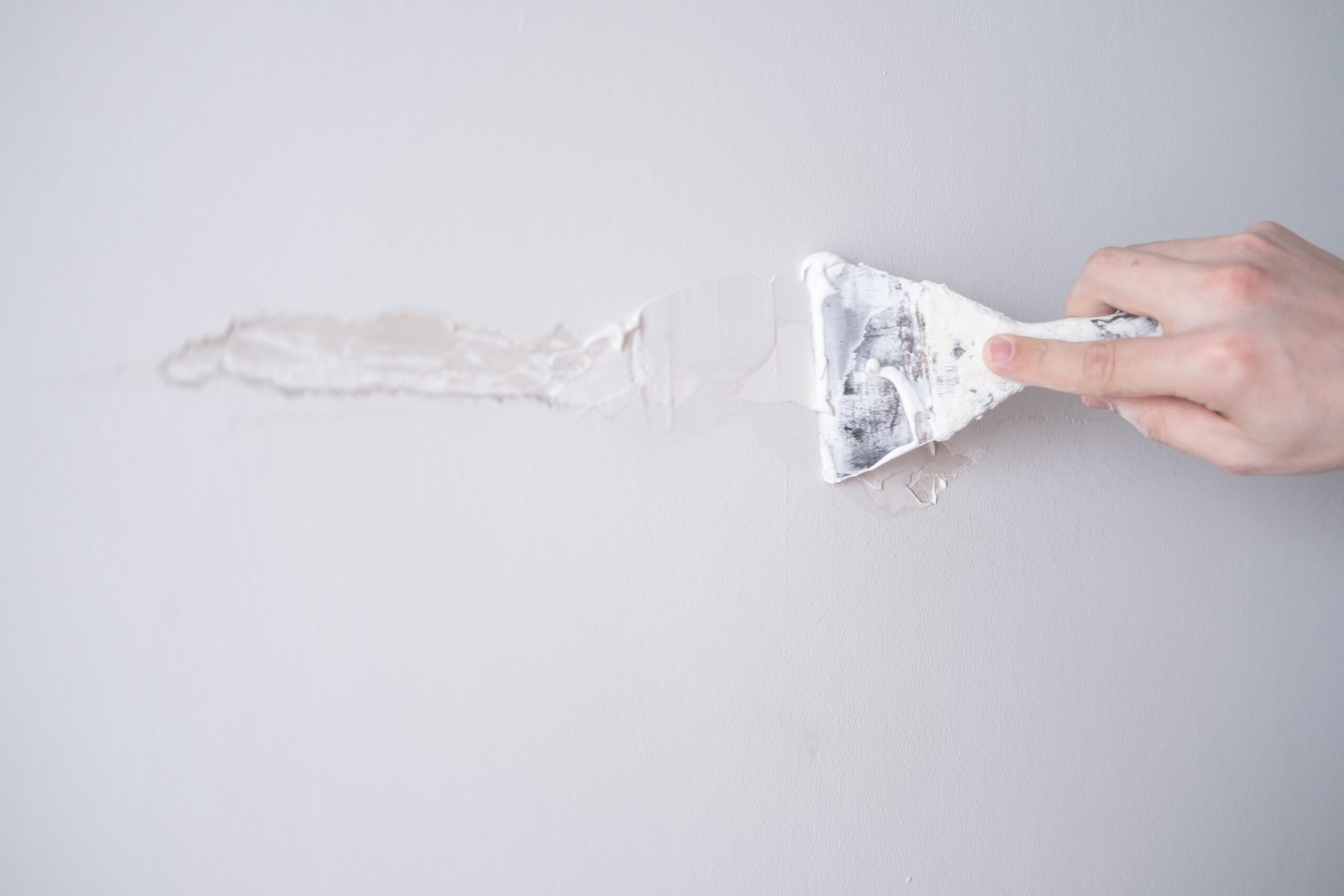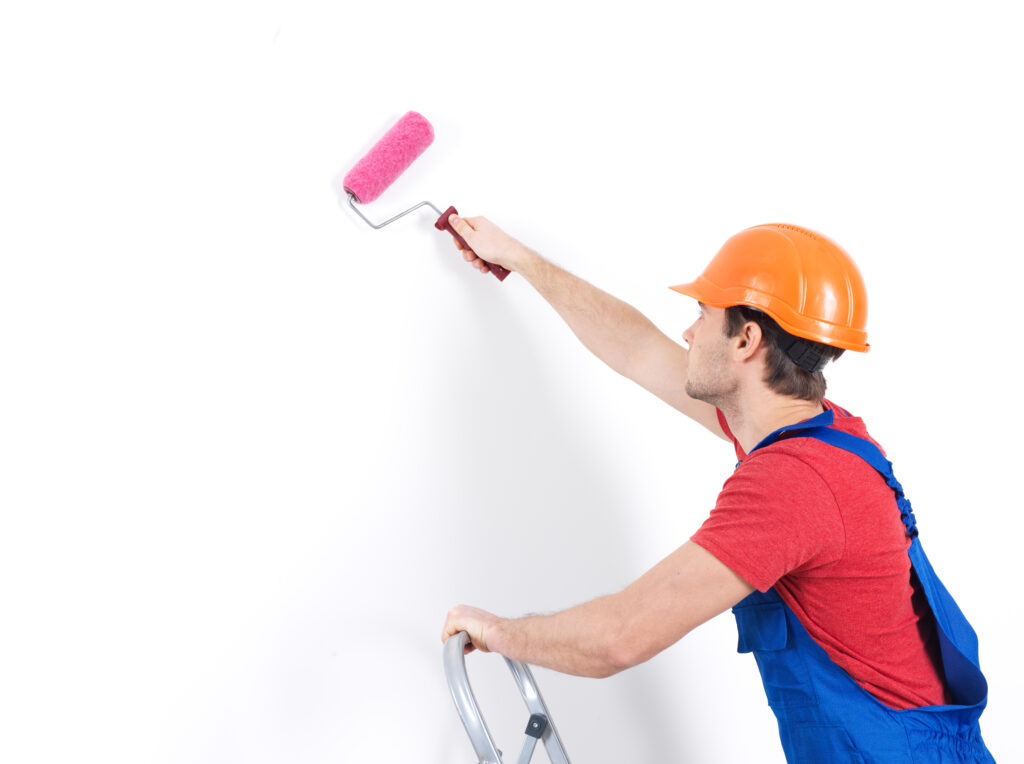
Ever wonder why some walls look flawlessly painted while others show every imperfection? The secret often lies not just in the paint itself but in the foundation laid before the first drop of color is applied. Yes, we’re talking about paint primer for drywall! A crucial step in the painting process that can make or break the final look of your walls.
Table of Contents
Why Primer is Essential for New Drywall
Imagine painting directly on a bare wall. The drywall would greedily soak up the paint, leaving you with a patchy, uneven finish. That’s where primer comes in. It acts like a friendly middleman, ensuring your paint glides on smoothly and sticks around for the long haul. Plus, it saves you from the headache of multiple paint coats by providing a uniform surface that’s ready for color.
The Right Foundation
Choosing the right primer for your drywall is akin to picking the perfect base coat for a manicure. It lays the groundwork for everything that comes after. A good primer coat can hide minor imperfections and ensure that your wall’s texture doesn’t steal the spotlight from your chosen paint color.
Types of Drywall Primer
Navigating the primer aisle can feel like being a kid in a candy store—overwhelming yet exciting. Here’s a simple breakdown:
- PVA Primer: This is your go-to for fresh, untouched drywall. It’s like a gentle hug for your walls, sealing the porous surface and preparing it for its color debut.
- Drywall Primer-Surfacers: Want walls as smooth as a baby’s cheek? These primers have got your back, filling in the tiny imperfections and creating a canvas that even da Vinci would envy.
- Oil-Based Primer: Stubborn stains or areas prone to moisture? Oil-based primers are the heavy-duty defenders your walls need.
- Water-Based Primer: The jack-of-all-trades of primers, perfect for a variety of surfaces with the added bonus of easy cleanup.
Choosing the Best Paint Primer for Drywall
The quest for the best primer might lead you down a path of trial and error, but fear not. For bare drywall, PVA primers are your best bet. They’re specifically formulated to bond with the drywall and create a surface that’s receptive to paint. If you’re working with previously painted surfaces or dealing with stubborn stains, you might lean towards an oil-based or water-based primer, depending on the challenge at hand.
Application Tips for Drywall Primer
Here’s a little primer on primers (pun intended): a smooth application starts with a clean slate. Dust and debris are your paint job’s worst enemies, so a thorough wipe-down is in order. Whether you’re rolling or spraying, even coverage is the name of the game. And patience, young grasshopper, is crucial—allow the primer to fully dry before ushering in the main color attraction.
Special Considerations
Life’s not always smooth, but your walls can be. Skim coating before priming can address those pesky texture issues, giving you the sleek look you crave. And let’s not forget about high-humidity areas or stained surfaces—choosing the right primer can feel like finding the key to a secret garden, unlocking the full potential of your paint job.
Advanced Application Techniques for Drywall Priming
Mastering the application of primer requires understanding the tools and techniques that lead to even coverage. Using a paint sprayer can offer a uniform coat over large areas quickly, while a roller might be preferred for its ease of use in smaller spaces. Key is ensuring the primer is applied evenly, without pooling or excessive thickness, which could lead to longer drying times and uneven paint application later.
Choosing the Right Primer for Various Drywall Conditions
Not all drywall conditions are created equal, and neither are primers. In areas of high humidity or those with a history of water damage, an oil-based primer can provide an extra layer of protection against moisture. For drywall that has been repaired or has extensive mudwork, a high-build primer can smooth out surface irregularities, creating a flawless base for your topcoat.
Enhancing the Durability and Appearance of Your Paint Job
The longevity of your paint job is significantly influenced by the primer you choose. A primer that offers strong adhesion will help prevent peeling and flaking over time. For an aesthetically pleasing finish, consider sanding the primed surface before applying paint. This step can eliminate any texture the primer may have left, ensuring a smooth final appearance.
Troubleshooting Common Drywall Priming Issues
Sometimes, despite our best efforts, issues arise. If you encounter bubbling or peeling after priming, it may be necessary to sand the area down and reapply primer, ensuring the surface is clean and free of dust before doing so. For issues with adhesion, make sure the drywall is completely dry and free of oils or residue.
Conclusion
In the world of wall transformations, primer is your unsung hero. It sets the stage for a painting performance that’s nothing short of spectacular. So, before you embark on your next wall makeover, remember: a little primer goes a long way in turning your walls from bland to grand.
FAQs
What type of primer is best for new drywall?
For new drywall, a PVA primer is recommended as it seals the porous surface effectively, creating a smooth base for the paint.
Is priming necessary on fresh drywall before painting?
Yes, priming fresh drywall is essential to ensure even paint absorption and coverage, preventing the paint from soaking in unevenly.
How does primer impact the appearance of flat paint on walls?
Applying primer before flat paint can significantly improve the finish, ensuring a consistent and uniform appearance of the painted surface.
Should I use a primer on drywall even if my paint includes primer?
Yes, applying a separate primer coat on new drywall provides a better foundation for paint adhesion, even if the paint contains primer.
How should I prepare a drywall surface patched with drywall mud for painting?
Sand the patched areas smooth, clean off the dust, and apply primer to ensure the repairs blend seamlessly with the rest of the wall.
What’s the proper way to prime a previously painted wall for repainting?
Clean the wall, repair any imperfections, sand glossy areas lightly, and apply a high-quality primer for optimal paint adhesion and finish.

